So now I've had a good chance to peruse the copy of Saxon 5/4 I bought for 14 dollars on CBD, had a chance to get the gist of it, use it for a week and see my Dodo's reaction. It is much, much more basic than I expected (or Dodo is farther ahead than I realized), and while it has entirely too much review, it still manages to lack enough specific new skill focused practice. Strange dichotomy. I wonder who thought it was a good idea to introduce a new concept and then give the students no chance to internalize it though practice, but instead have them do unrelated review problems? But since I am used to skipping around and don't bat an eyelash at using texts my way, I've found that Saxon is actually a decent choice to alter for use in the systematic, drastically condensed grade-level review I wanted. Better than I would have expected.
Singapore 4A and B were useless to me in that respect, there is almost no teaching except in pictures, which was dissapointing to me since I specifically wanted a different "take" on presenting concepts, another angle if you will. Another dissapointment was the subject matter--in 4A they focus on geometry nearly to the exclusion of everything else, so as a grade-level review it fails dramatically. This is a program to start early and stick with if you want a text you don't have to modify, It looks more interesting and coherent than an unabridged, unaltered Saxon, I won't argue that, but the grade levels in and of themselves do not lend themselves to comprehensive review.
I think my first impulse purchase of Mastering Mathematics last year turned out to be the best option for us after all. Shame I had to lose all confidence in it and myself and waste money chasing a "better" program. Ah, well, at least now I can really see that she really has learned with this program, and now I do have a better idea of grade level. (More 5-6 than the late 4th I thought) So it wasn't a total loss.
In related news, Scote is thriving on Miquon. It took a small mental adjustment on my part to really get it, but he took to it like a duck to water. I pulled all the pages in the orange and red books out (it's preforated, but very poorly-- I ended up using scissors) and stapling them into concept booklets of about ten pages each. He really likes choosing the concept he wants to work on each day and coloring in the progress chart on the inside cover. He'll say things like "Today I need to work on my clocks," or, "Maybe I should finish out all the subtraction today." It makes a big difference in motivation for him to have that amount of control. At first I had to really push the manipulatives at him, since he wanted to use his "mind fingers" on all the pages, but he is still a young 5 and inexperienced in math enough that I really felt he needed more concrete experiences even if he could already use his "mind fingers". It turned out to be the right thing, because using the cuisinaire rods in a systematic way has some very exciting mathematical side effects which enable him to make connections between mathematical concepts and discover new ideas all the time instead of just compute, which is what this math lab/discovery approach is all about. I wish I had known of this program when my Dodo was preschool age, she would have loved it. We did lots with manipulatives anyway, but Dodo loves structure in ways I can't fathom. She would have had conculsions of joy at the thought of coloring in a math progress chart at that age. I'm definitely going to get a copy for Ugha in another year or so.
Tuesday, January 10, 2006
Subscribe to:
Post Comments (Atom)


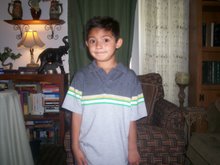
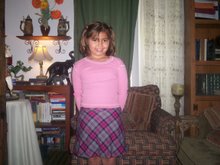

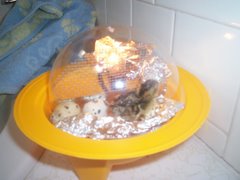
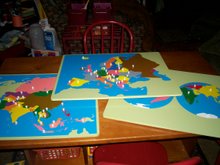

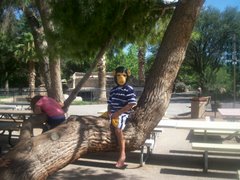
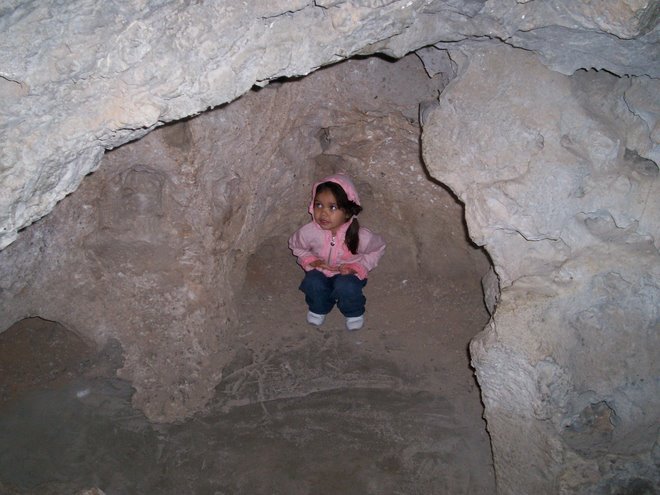
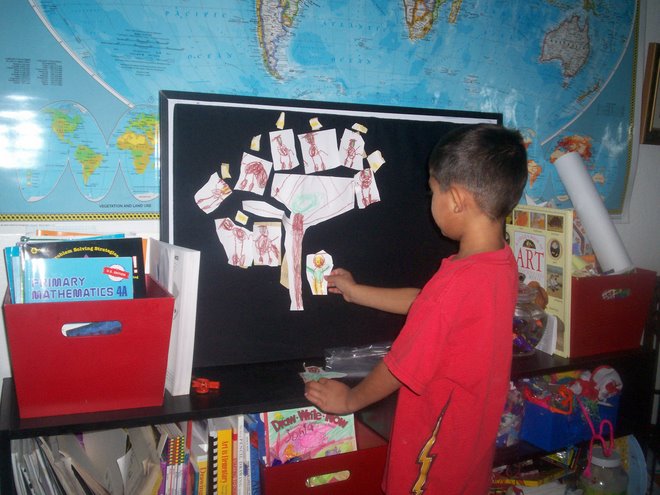
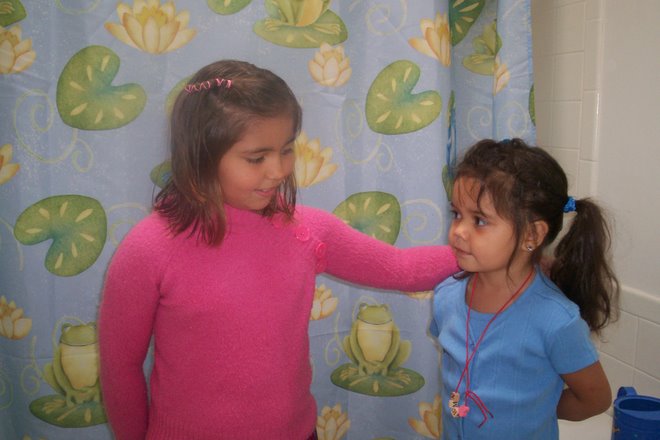
No comments:
Post a Comment